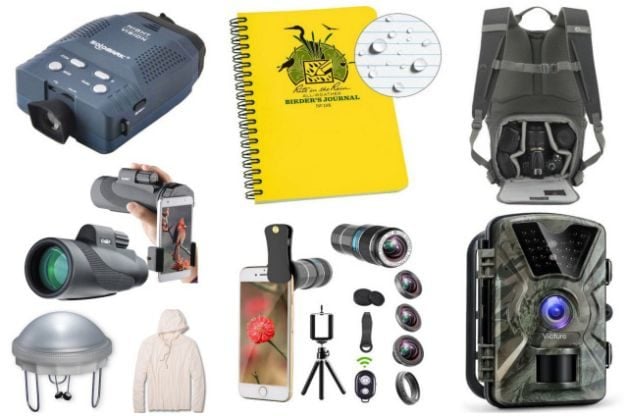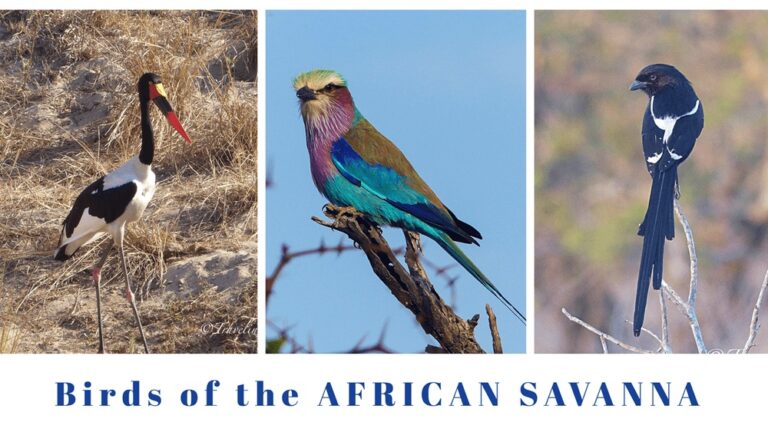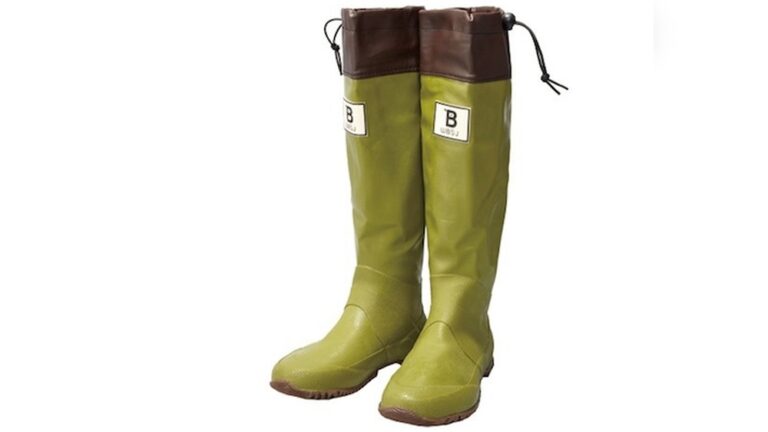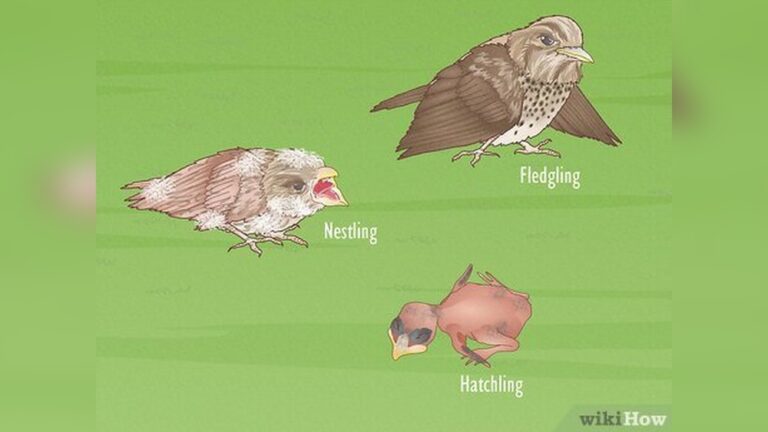Bird Watching Gear Checklist
If you love spotting birds, having the right gear can make all the difference. Imagine being out in nature, missing that perfect sighting because you forgot something important.
You want to enjoy every moment without hassle, right? This bird watching gear checklist is designed just for you. It will help you pack smart, stay comfortable, and see more birds than ever before. Keep reading to discover the essential items that will turn your bird watching trips into unforgettable experiences.
Essential Optics
Essential optics help bird watchers see birds clearly and enjoy the experience. Good optics bring distant birds close, showing details and colors. Choosing the right tools improves your bird watching trips.
Bird watchers use binoculars, spotting scopes, and cameras. Each tool has a special role. Knowing what to pick makes your time outdoors more fun.
Choosing Binoculars
Binoculars are the most common tool for bird watching. They are light and easy to carry. Look for models with 8x or 10x magnification. This gives a clear, wide view. Choose ones with good lens quality for bright images. Waterproof and fog-proof binoculars work well in all weather. Test the fit in your hands before buying.
Spotting Scopes
Spotting scopes offer higher magnification than binoculars. They are best for distant birds or small details. Use a tripod for steady viewing. Scopes are heavier and less portable. Ideal for bird watchers who stay in one place for a long time. Look for scopes with sharp lenses and good light transmission.
Camera Options
Cameras help capture bird photos during your trips. DSLR or mirrorless cameras give the best image quality. Choose cameras with telephoto lenses for close shots. Compact cameras with zoom can also work well. Use a tripod to avoid blurry photos. Cameras with fast autofocus help catch moving birds.
Clothing And Footwear
Choosing the right clothing and footwear is key for bird watching. It helps you stay safe and enjoy your time outdoors. The right gear keeps you comfortable in different weather and terrains. It also helps you blend into nature and avoid scaring the birds away.
Weather-appropriate Attire
Check the weather forecast before heading out. Wear layers to adjust to temperature changes. Choose a waterproof jacket if rain is expected. Breathable fabrics help keep you cool on warm days. Long sleeves and pants protect against sun and insects.
Comfortable Shoes
Select shoes made for walking on rough trails. Hiking boots or sturdy sneakers work well. Make sure shoes fit well to avoid blisters. Waterproof shoes are useful in wet areas. Comfortable footwear lets you walk longer without pain.
Camouflage And Accessories
Wear earth tones like green, brown, or tan. These colors help you blend into the environment. Avoid bright colors that scare birds away. Use a hat and sunglasses for sun protection. Carry a lightweight backpack for extra gear and water.
Field Guides And Apps
Field guides and apps are essential tools for bird watchers. They help identify birds and learn about their habits. Carrying the right guide or app makes your bird watching trip more fun and educational.
These tools suit different needs. Printed guides offer a tactile experience. Apps give quick access to vast bird information. Note-taking tools help remember sightings and details.
Printed Field Guides
Printed field guides are easy to carry in a backpack. They show clear pictures of birds and their features. Many guides include maps and bird calls. You can use them even without internet or battery power. They are perfect for quiet, focused bird watching.
Bird Identification Apps
Bird identification apps work on smartphones and tablets. They provide photos, sounds, and detailed bird info. Many apps offer search filters by color, size, or location. Some apps can even recognize bird calls. Apps update regularly with new species and data.
Note-taking Tools
Note-taking tools help track the birds you see. Use a small notebook or a note app on your phone. Write down bird names, time, and place of sightings. Adding notes about behavior or weather helps later. Good notes improve your bird watching skills over time.

Credit: arcguiding.com
Additional Gear
Extra gear can make bird watching easier and more fun. These tools help carry your equipment, keep your hands free, and even capture bird sounds. Having the right extra gear lets you focus on birds, not your stuff.
Backpacks And Carrying Cases
Choose a backpack with many pockets for your gear. Look for padded straps for comfort during long walks. Carrying cases protect binoculars and cameras from damage. Waterproof materials keep your gear safe from rain and mud. A good backpack balances weight well on your back.
Tripods And Mounts
Tripods hold binoculars or cameras steady for clear views. They reduce shaking, especially during long bird watches. Mounts attach your gear to trees or poles for better angles. Lightweight tripods are easier to carry on hikes. Quick setup means less time fumbling and more time watching.
Audio Equipment For Bird Calls
Audio devices play bird calls to attract or identify birds. Small speakers or recorders are easy to carry. Some devices allow you to record bird sounds for later study. Use clear, natural sounds to avoid disturbing birds. Learning bird calls helps you find hidden or quiet species.
Safety And Comfort Items
Safety and comfort are very important during bird watching trips. Being prepared helps you enjoy the time outdoors without problems. Carrying a few simple items can protect you from common risks. These items keep you safe and make the experience more comfortable.
First Aid Kit
A basic first aid kit is a must-have for bird watchers. It should include bandages, antiseptic wipes, and pain relievers. Small cuts or insect bites can be treated quickly. Having these supplies nearby saves time and prevents infections.
Insect Repellent
Insects can be annoying and carry diseases. Using insect repellent keeps mosquitoes and ticks away. Apply it on exposed skin and clothes before heading out. This simple step helps avoid itchy bites and health issues.
Sun Protection
Sun exposure can cause sunburn and heat problems. Wear a wide-brimmed hat and sunglasses for eye and face protection. Use sunscreen with at least SPF 30 on all exposed skin. Protecting yourself from the sun keeps you comfortable and safe.

Credit: www.shutterstock.com

Credit: www.birdsandblooms.com
How Smart Pets Lover Can Help You with Bird Watching Gear Checklist
Turning Your Bird Watching Gear Checklist into Learning Adventures
Embarking on bird watching is more than ticking off items like essential optics or packing the right clothing and footwear—it’s about immersing yourself in nature’s stories. As you carry your field guides and apps on these outings, each sighting becomes a chance to deepen your understanding of bird behavior and habitats. This practical learning transforms your gear from mere tools into keys that unlock a world of chirps and fluttering wings.
- Use your binoculars to observe subtle differences in plumage or flight patterns, turning casual spotting into a mini research session.
- Refer to your field guides or apps on the spot to identify birds, which reinforces memory and builds confidence for future adventures.
- Layer your clothing thoughtfully to stay comfortable and focused, so your attention stays on learning rather than distractions.
At Smart Pets Lover, we understand how connecting emotionally with animals enriches these moments. Whether you’re a seasoned bird enthusiast or just starting, embracing this hands-on approach helps you become more attuned to the natural world—and every chirp tells a story worth discovering. For more tips or questions, feel free to reach out via our website; we’re here to support your journey with warmth and knowledge.
Frequently Asked Questions
What Essential Gear Do Beginners Need For Bird Watching?
Beginners need binoculars, a field guide, a notebook, and comfortable clothing. These basics help identify birds and record sightings effectively.
How To Choose The Best Binoculars For Bird Watching?
Look for binoculars with 8x to 10x magnification and a wide field of view. Lightweight and waterproof models are ideal for outdoor use.
Why Is A Bird Field Guide Important In Bird Watching?
A field guide helps identify bird species quickly. It provides pictures, descriptions, and habitat information essential for accurate spotting.
What Clothing Is Best For Comfortable Bird Watching?
Wear neutral-colored, lightweight, and breathable clothing. Layers are useful for changing weather, and sturdy shoes protect your feet during long walks.
Conclusion
Choosing the right bird watching gear makes your trips more enjoyable. Binoculars, a field guide, and a notebook are must-haves. Dress comfortably and carry water for longer outings. Keep your gear light to move easily in nature. Always respect birds and their habitats while observing.
With the right tools, spotting birds becomes easier and fun. Happy bird watching!







